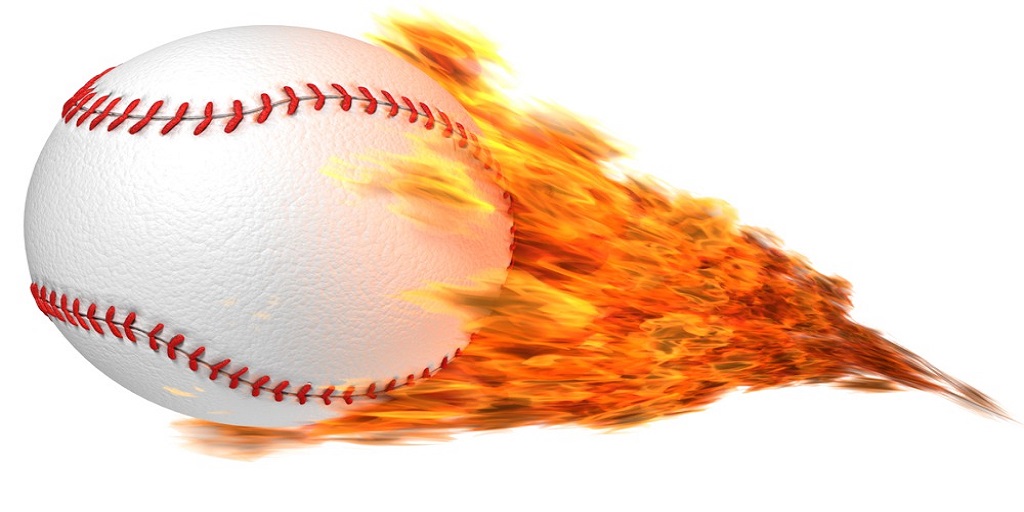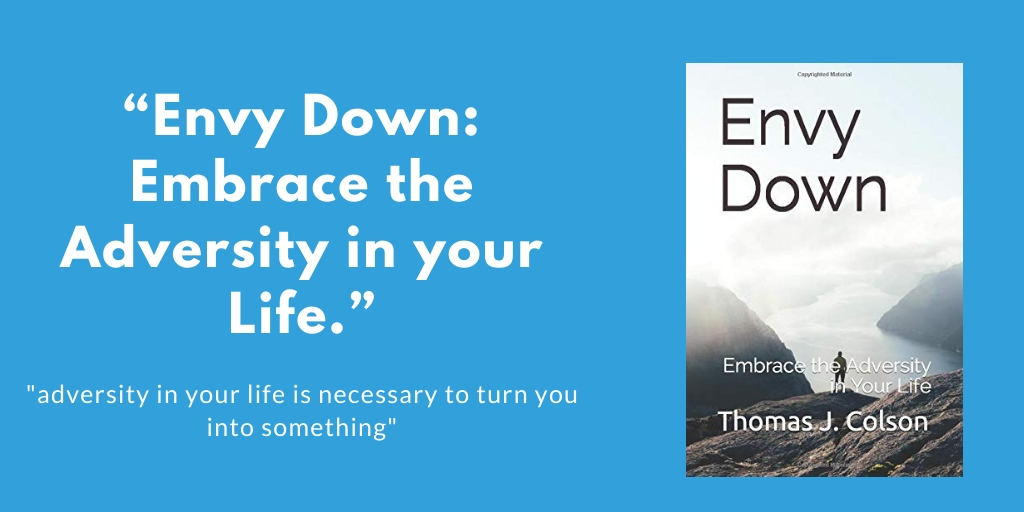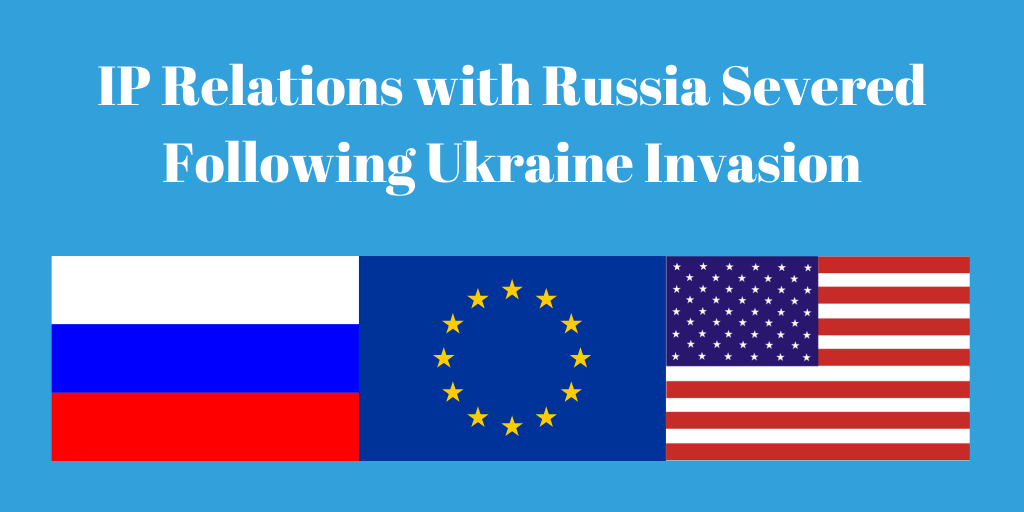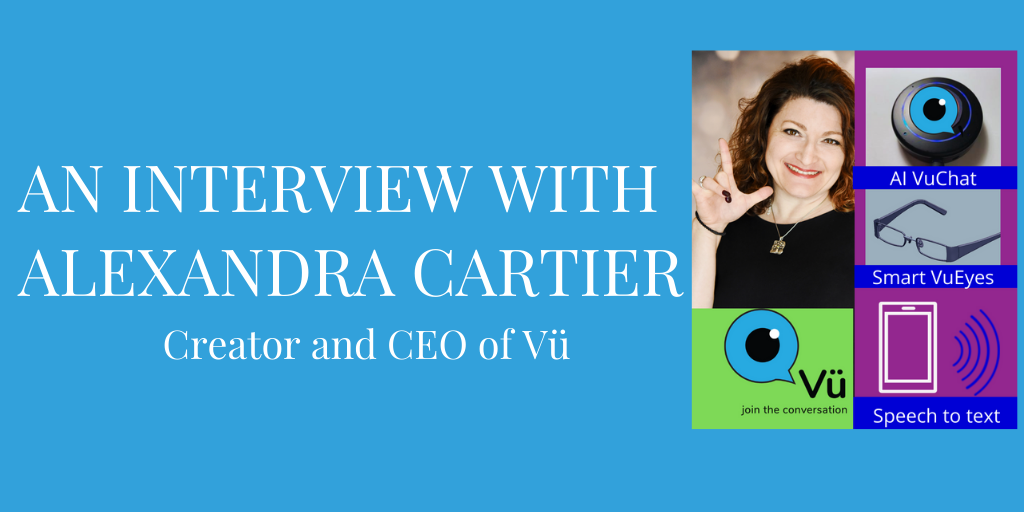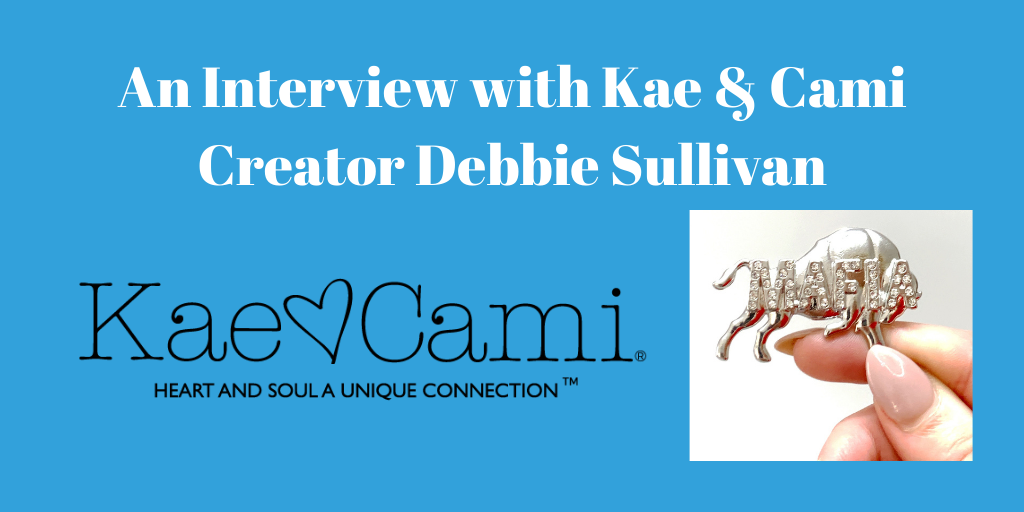Copyright law can provide protection for several things. From complicated software to buildings, the scope of copyright protection seems to span pretty far. Moreover, federal law has articulated the categories of things that can qualify for copyright protection.
Under federal law, the expressly enumerated categories eligible for copyright protection include:
(1) literary works;
(2) musical works, including any accompanying words;
(3) dramatic works, including any accompanying music;
(4) pantomimes and choreographic works;
(5) pictorial, graphic, and sculptural works;
(6) motion pictures and other audiovisual works;
(7) sound recordings; and
(8) architectural works.
Is that all you need to get Copyright protection?
The expressly enumerated categories may just be a starting point to determine whether something can qualify for copyright protection. There are additional requirements that need to be met before a work can attain copyright protection. Under federal law, copyright protection extends to:
“original works of authorship fixed in any tangible medium of expression, now known or later developed, from which they can be perceived, reproduced, or otherwise communicated, either directly or with the aid of a machine or device.” Thus, one of the requirements is that a work has to be original before it can qualify for copyright protection. But what does original mean exactly? To be original, the work may have to be independently created and not copied from another pre-existing work.
Another requirement is that the work has some minimal degree of creativity. Although creativity is generally a very low threshold to satisfy, there are times when a work is considered to be lacking in creativity completely. For example, in Feist Publications, Inc., v. Rural Telephone Service Co., the Supreme Court of the United States found that alphabetizing names and phone numbers in a phone book does not “satisfy the minimum constitutional standards for copyright protection.”
What rights do you get under federal copyright law?
After meeting all those requirements, a work may be able to enjoy the protections of federal copyright law! But what rights come with copyright protection? Copyright owners enjoy the exclusive rights:
(1) to reproduce the copyrighted work in copies or phonorecords;
(2) to prepare derivative works based upon the copyrighted work;
(3) to distribute copies or phonorecords of the copyrighted work to the public by sale or other transfer of ownership, or by rental, lease, or lending;
(4) in the case of literary, musical, dramatic, and choreographic works, pantomimes, and motion pictures and other audiovisual works, to perform the copyrighted work publicly;
(5) in the case of literary, musical, dramatic, and choreographic works, pantomimes, and pictorial, graphic, or sculptural works, including the individual images of a motion picture or other audiovisual work, to display the copyrighted work publicly; and
(6) in the case of sound recordings, to perform the copyrighted work publicly by means of a digital audio transmission.
Moreover, some courts state that a Copyright is basically a monopoly. This would mean the author would be getting a monopoly in something once he attains Copyright protection!
Is this right too good to be true?
Generally, authors and copyright holders do indeed enjoy the exclusive rights of a monopoly in a copyright. But there are some exceptions to the exclusive rights of a copyright monopoly. One of these exceptions include fair use of the copyrighted work. This would mean that some else can use the copyrighted work in a certain that would technically violate one of the six exclusive rights a copyright holder has, but that use would technically not be considered infringement.
Without infringement, the copyright holder would have a difficult time getting the court to find the would be infringer liable. However, fair use is not an easy hurdle to overcome. There are various factors that a court will look at before finding a work is fair use or an infringement. These factors include:
- Purpose and Character of the use,
- Nature of Copyrighted work,
- Amount and substantiality copied from the Copyrighted work, and
- Effect on market
But what can’t be copyrighted?
We discussed what can be copyrighted, but what are some things that cannot attain copyright protection? Federal law does not provide copyright protection for facts or ideas. Copyright protection is usually only provided for expressions of facts or ideas. As mentioned earlier, copyright protection gives the author a monopoly. If ideas and facts were eligible for copyright protection, then select parties or individuals would be able to attain monopolies on entire fields! This would be detrimental to advancing the science and the arts. But luckily, Congress recognizes the consequences and ensured that select individuals or parties cannot attain monopolies on ideas and facts.
What are your thoughts on copyright law? Tell us what you think and leave a comment below!
Want more copyright? Here’s a video!
Get Started Today!
Does this article interest you? Subscribe to the LoTempio Law email newsletter to receive posts and updates just like this conveniently in your email box!
If you’ve enjoyed this blog post, we have lots more where this came from, including an Inventors Guide Video Series where we help you turn your good idea into a profitable invention, and tons of other great content. Simply enter your email address and hit sign up and you’ll get everything, including blog posts like these, conveniently in your email box!
Have any questions? Give us a call at 1-800-866-0039. Consultations are FREE.
Disclaimer: This article is not intended to be legal advice and is meant to be for educational or entertainment purposes only. Please do not use the article or contents of the article without permission. For legal advice and questions, please contact registered Patent Attorney Vincent LoTempio.


